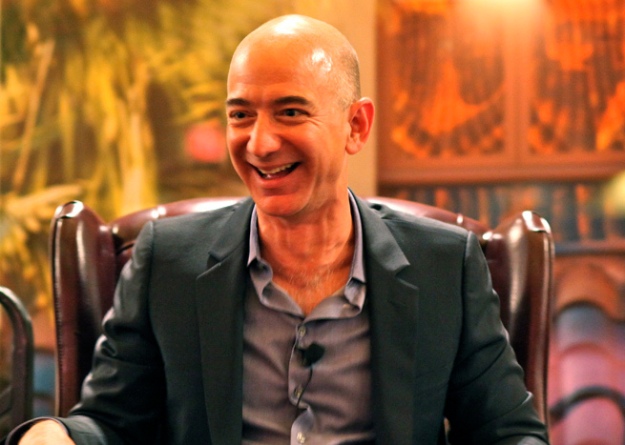
Right now we’re all waiting to see how President Biden does in his interview with George Stephanopoulos. Obviously Biden has to come off as coherent, and even then it’s not going to stop calls for him to step aside in the midst of donor panic and declining poll numbers. The New York Times and The Boston Globe are reporting that Massachusetts Gov. Maura Healey has been telling associates that Biden’s candidacy is “irretrievable.”
Given the terrible position in which we find ourselves, it’s worth asking whether the media should have covered Biden differently over the past few months. My Northeastern University colleague Jill Abramson, a former executive editor of the Times, thinks so, writing a commentary for Semafor that begins:
It’s clear the best news reporters in Washington have failed in the first duty of journalism: to hold power accountable. It is our duty to poke through White House smoke screens and find out the truth. The Biden White House clearly succeeded in a massive cover-up of the degree of the President’s feebleness and his serious physical decline, which may be simply the result of old age. Shame on the White House press corps for not to have pierced the veil of secrecy surrounding the President.
Richard Tofel, a former top executive at The Wall Street Journal and ProPublica, has been reminding us on social media that he’s been calling for greater scrutiny of Biden’s age since last October. Here’s part of what he said back then:
Is Biden speaking more slowly because he’s conscious that his lifelong stutter might now be taken for cognitive frailty, or because he has no choice? Is he walking more cautiously because he knows the political peril of falling, or because he can no longer go any faster? If you think you know the answers to those questions, what is your evidence? I know of very little, either way.
My own sense is that there was actually quite a bit of reporting on Biden’s age even before his disastrous June 27 debate with Donald Trump, but that it was discounted for a variety of reasons. When special counsel Robert Hur called Biden “a sympathetic, well-meaning, elderly man with a poor memory,” that got plenty of coverage. At the same time, though, Hur was arguably engaging in prosecutorial misconduct by adding his own commentary while not bringing charges against Biden — which, in turn, reminded people of then-FBI Director James Comey trashing Hillary Clinton in 2016 over the way she handled her emails even while concluding she had not committed a crime.
The Wall Street Journal published an in-depth story on Biden’s age-related issues in early June, but that was widely dismissed because of the Journal’s reliance on partisan Republican sources, including former House Speaker Kevin McCarthy, who had previously told aides privately that he found the president to be sharp in White House meetings.
The Times itself has spent months obsessing over what voters think about Biden’s age, which in turn brought about accusations of both-sides-ism and false equivalence given that Trump is nearly as old and arguably more addled as well as an insurrectionist and a convicted criminal who’s been found liable for sexual assault.
Brian Stelter has written an excellent, deeply reported overview for Vox. Here’s the nut:
The national media wasn’t dodging the story: The biggest newspapers in the country published lengthy stories about Biden’s mental fitness. The public wasn’t in the dark about Biden’s age: Most voters (67 percent in a June Gallup poll) thought he was too old to be president even before the debate. But questions about Biden’s fitness for office were not emphasized as much as they should have been.
That’s the third option: The stories should have been tougher, the volume should have been louder.
Then, too, journalists are not unaware of what we’re facing. A second Trump term could amount to nothing less than the end of democracy in this country. Surely there was a sense that as long as Biden wasn’t too impaired, it wasn’t worth the risk of throwing the election into chaos and risking Trump’s return to office — this time as the head of the authoritarian right.
If Biden could somehow make it across the finish line this November, so this thinking went, it would be up to God and Vice President Kamala Harris after that. I definitely count myself among those observers who dismissed concerns about Biden’s age, partly because I thought they were overblown, partly because I feared the consequences of removing Biden from the top of the ticket.
Unfortunately, we’ve got chaos anyway.
Leave a comment | Read comments








 By Bill Kirtz
By Bill Kirtz